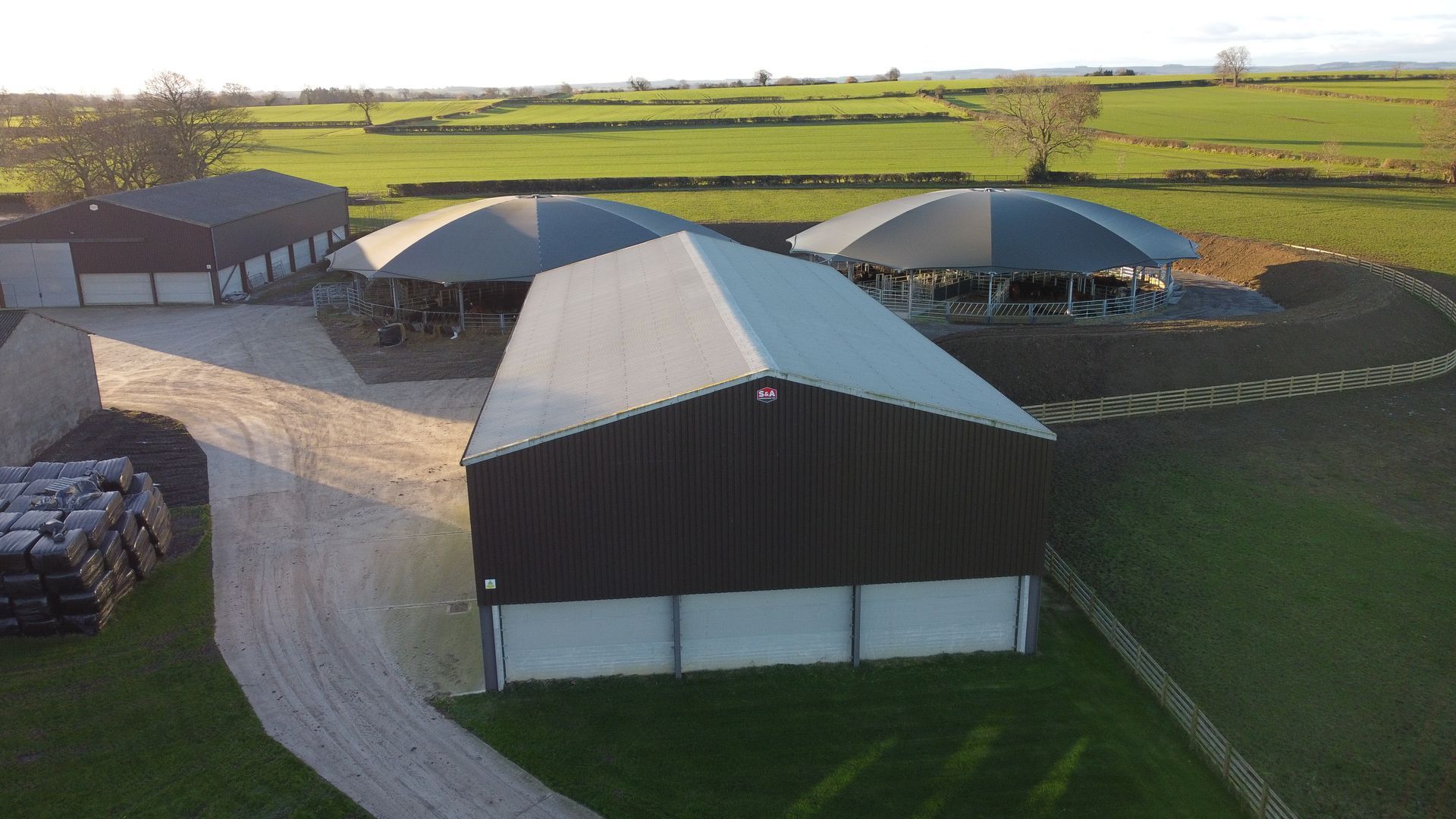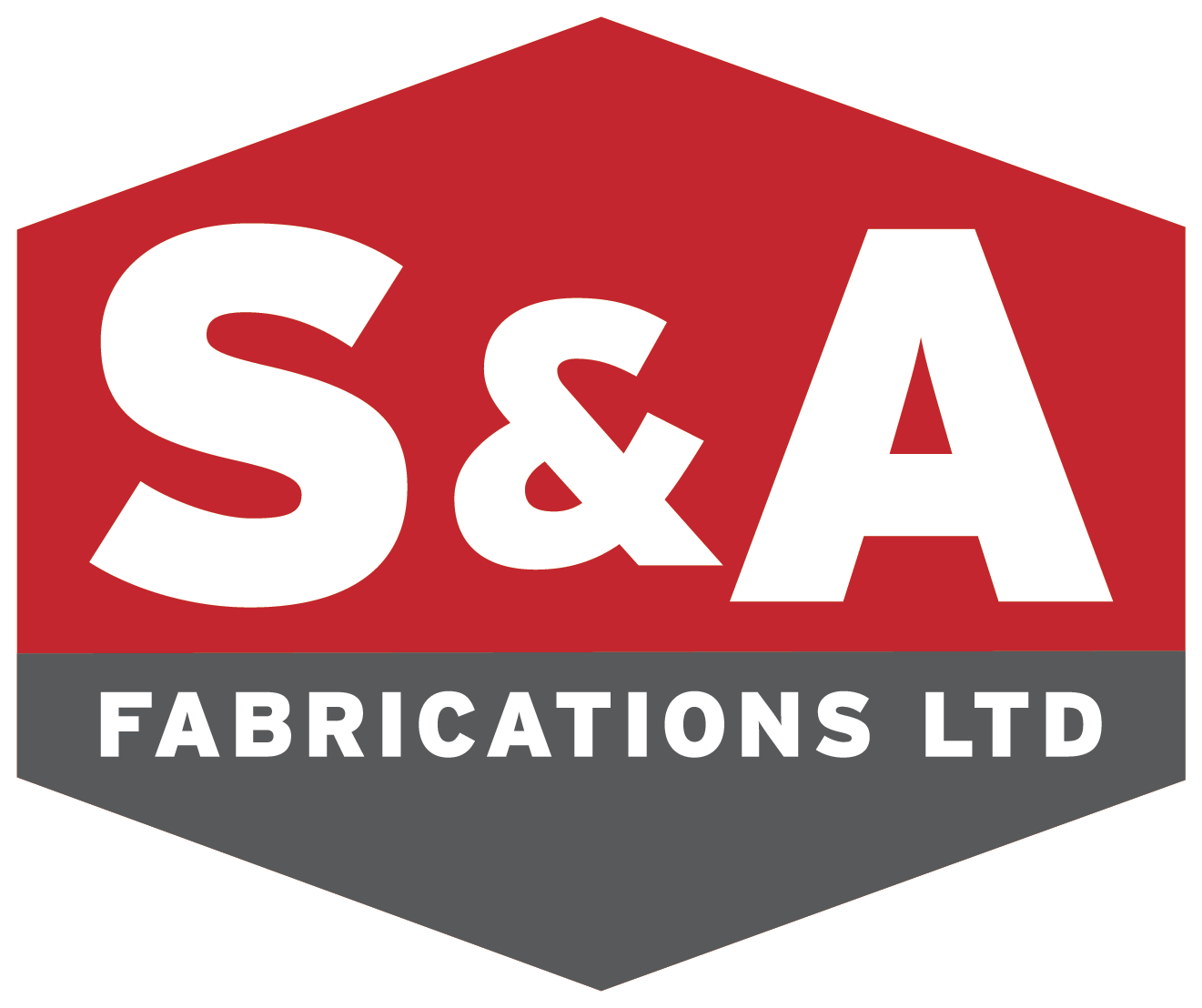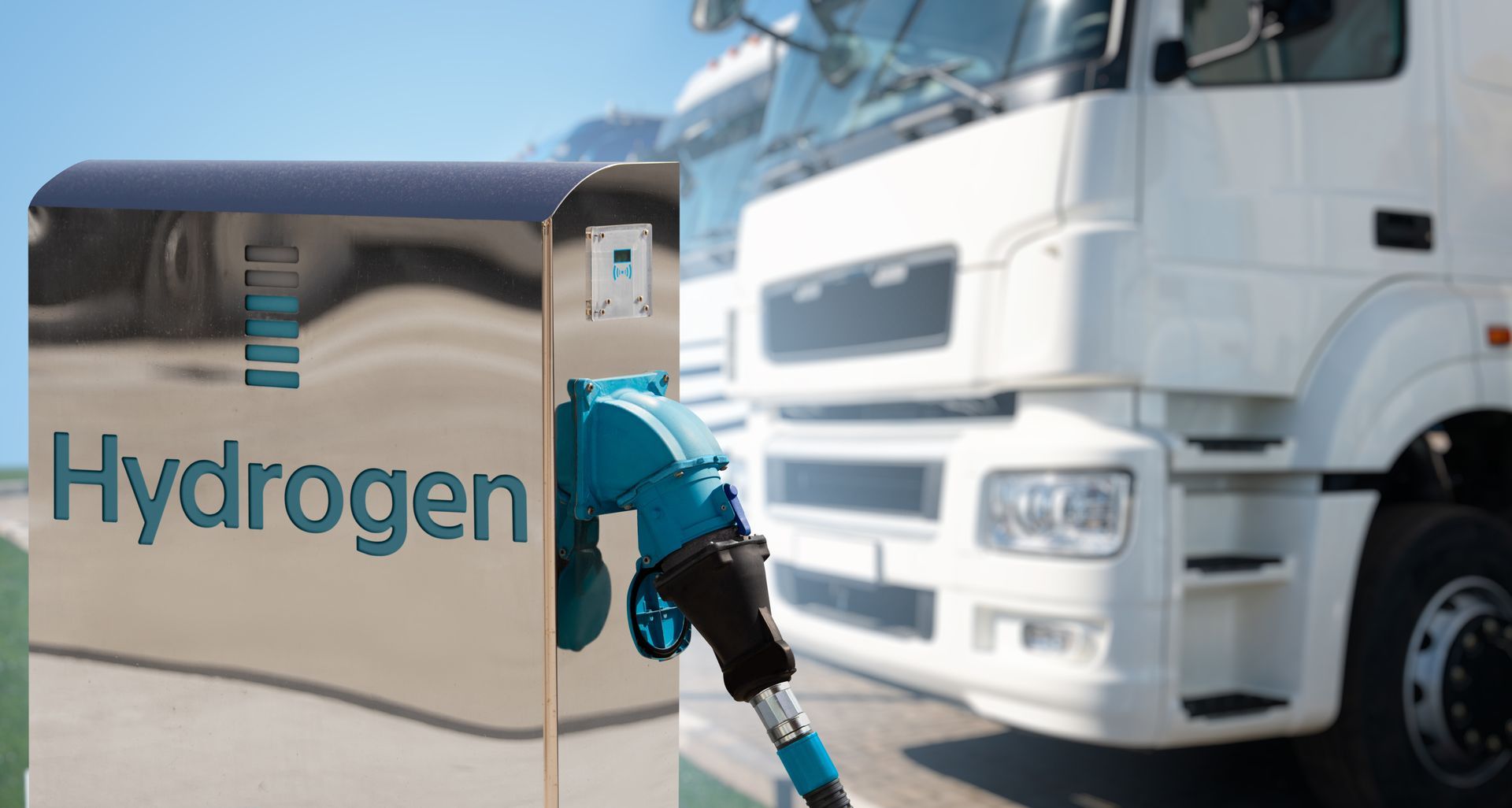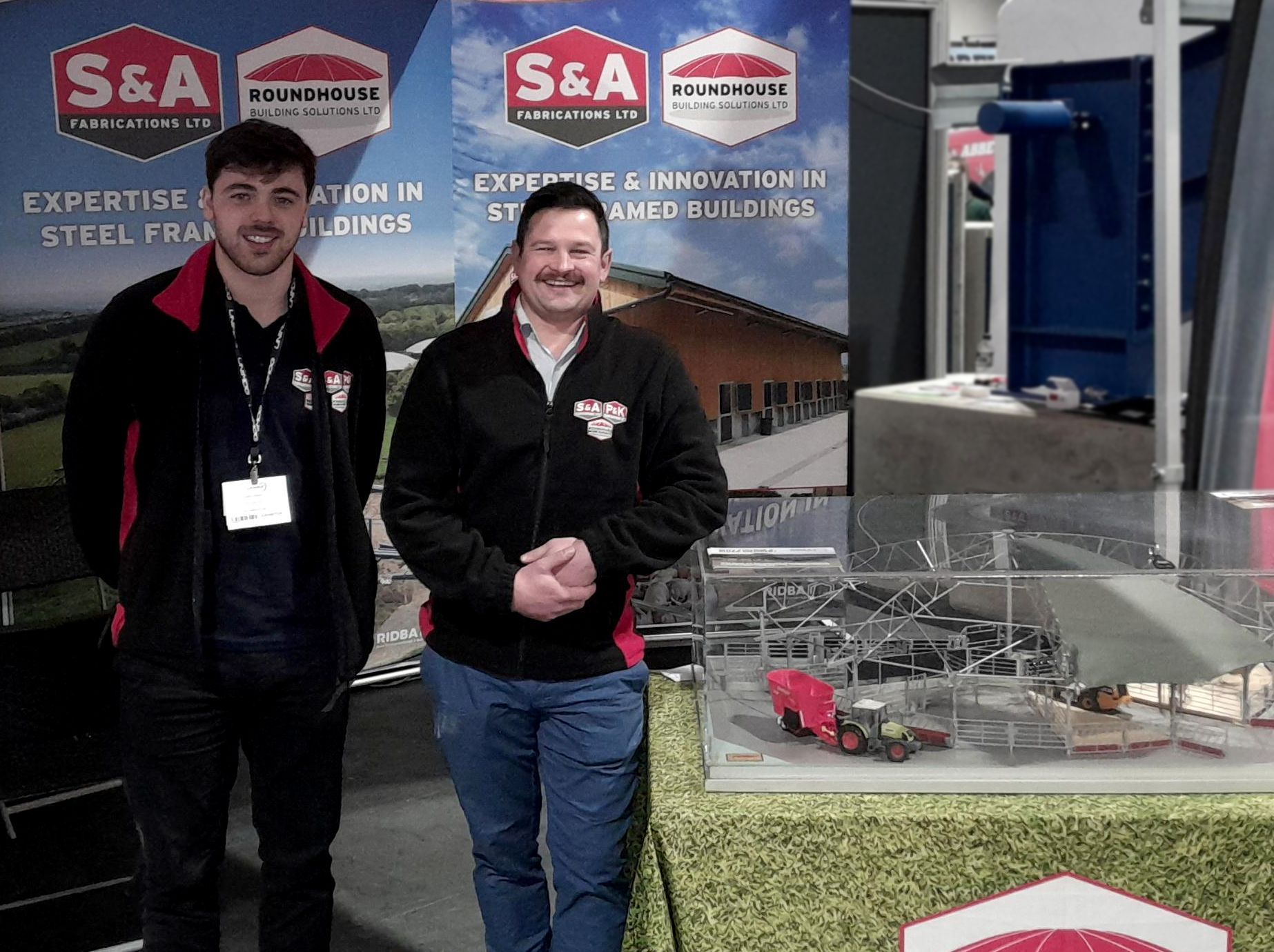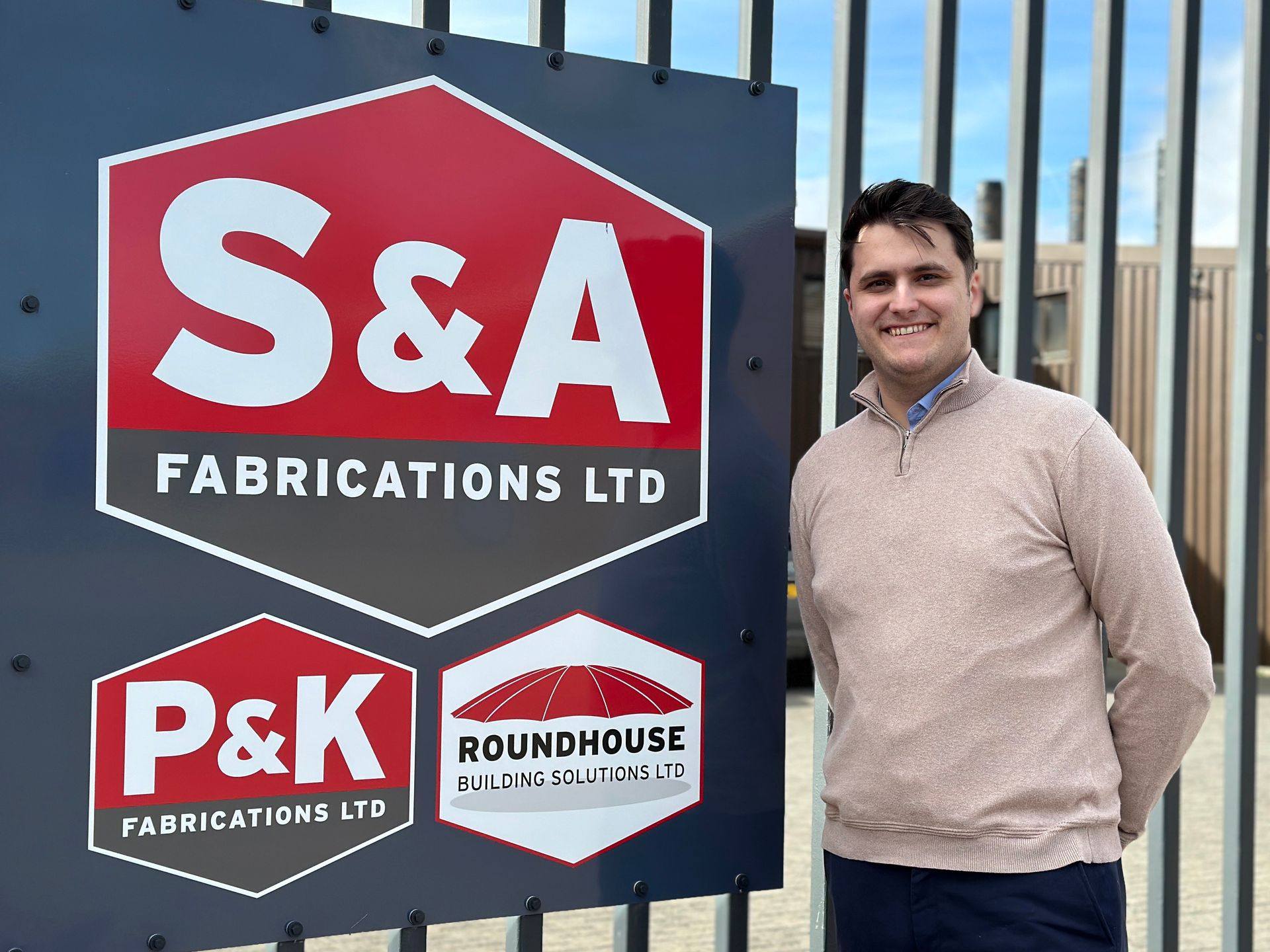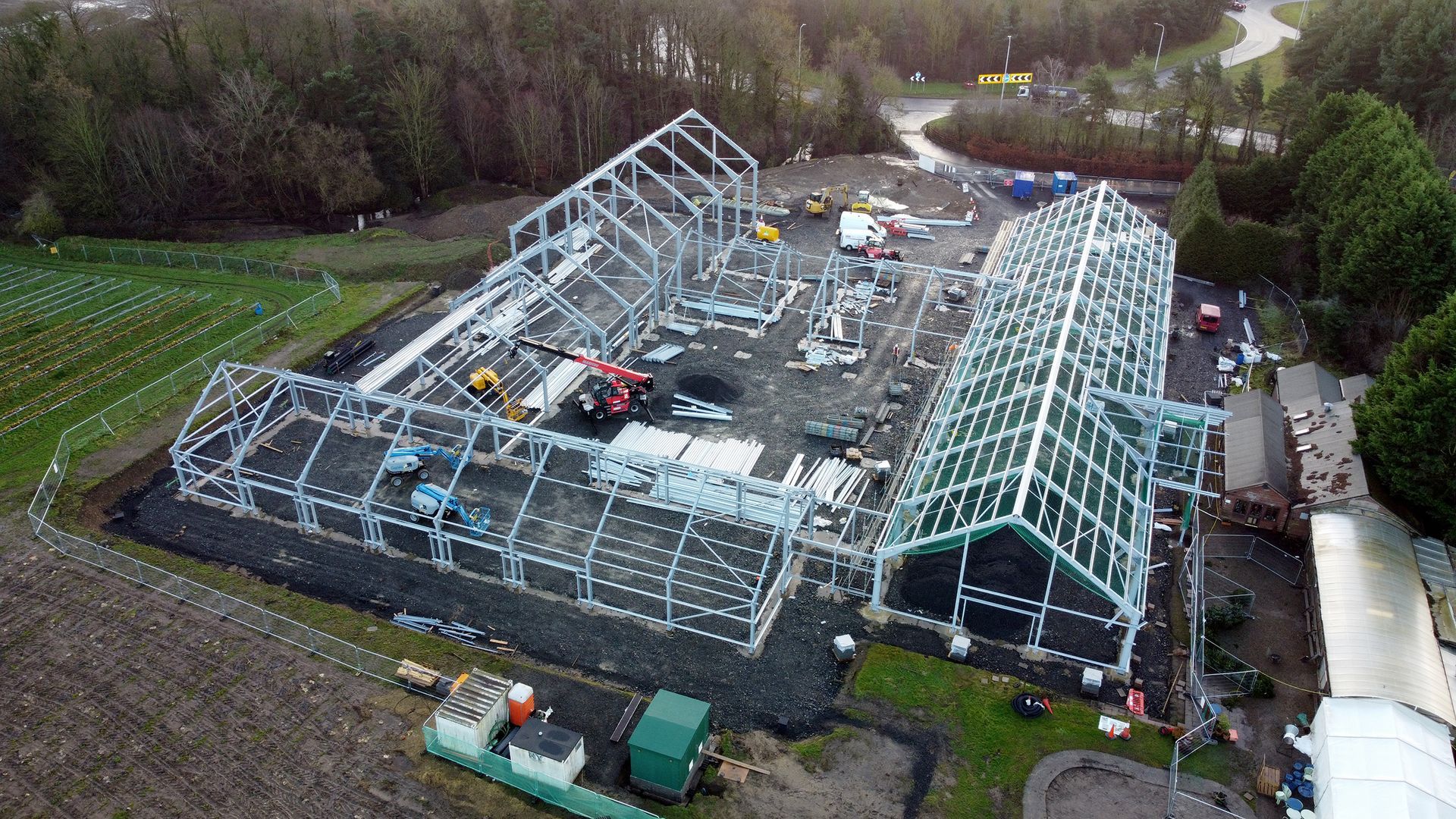Prioritising good handling systems in the Dairy industry
Better Handling, Better Beef: The Key Role of Animal Welfare in Dairy Beef Production
In the dairy beef industry, prioritising good handling practices and animal welfare is essential for ensuring ethical standards, optimising productivity, and maintaining economic viability. Proper animal handling minimises stress, leading to improved health, growth rates, and meat quality. Conversely, poor handling can result in injuries, disease, and reduced performance.
Renowned animal behaviourist Temple Grandin has extensively documented the benefits of low-stress handling techniques. Her research indicates that cattle with calm temperaments exhibit higher average daily gains compared to their more excitable counterparts. Grandin's designs for livestock handling facilities focus on reducing visual distractions and utilising curved chutes to promote smoother movement, thereby enhancing animal welfare and operational efficiency.
Facility design plays a pivotal role in promoting animal welfare. Innovative structures, such as those offered by the Roundhouse, provide cattle with a more natural and comfortable environment. These designs facilitate better airflow, natural lighting, and ample space, all of which contribute to reduced stress and improved overall health.
Similarly, S&A Fabrications specialise in constructing livestock buildings that prioritise animal comfort and efficient handling. Our designs incorporate features that align with best practices in animal welfare, ensuring that cattle are housed in environments conducive to their well-being.
Investing in well-designed facilities and adhering to humane handling practices not only uphold ethical standards but also enhance productivity. Healthy, stress-free animals are more likely to reach optimal weight gains and exhibit better feed conversion ratios, directly impacting the profitability of dairy beef operations.
Moreover, maintaining high animal welfare standards is crucial for meeting regulatory requirements and consumer expectations. Recent reports have highlighted lapses in welfare practices within the industry, underscoring the need for vigilance and continuous improvement.
In conclusion, the integration of good handling practices and a strong commitment to animal welfare are fundamental to the success of dairy beef enterprises. By adopting innovative facility designs and humane handling techniques, producers can ensure ethical operations, achieve better performance metrics, and meet the evolving demands of consumers and regulators alike.
For more information, contact Bertie, Martin or Jamie

Bays Leap Dairy in Northumberland uses a mix of traditional and Roundhouse buildings
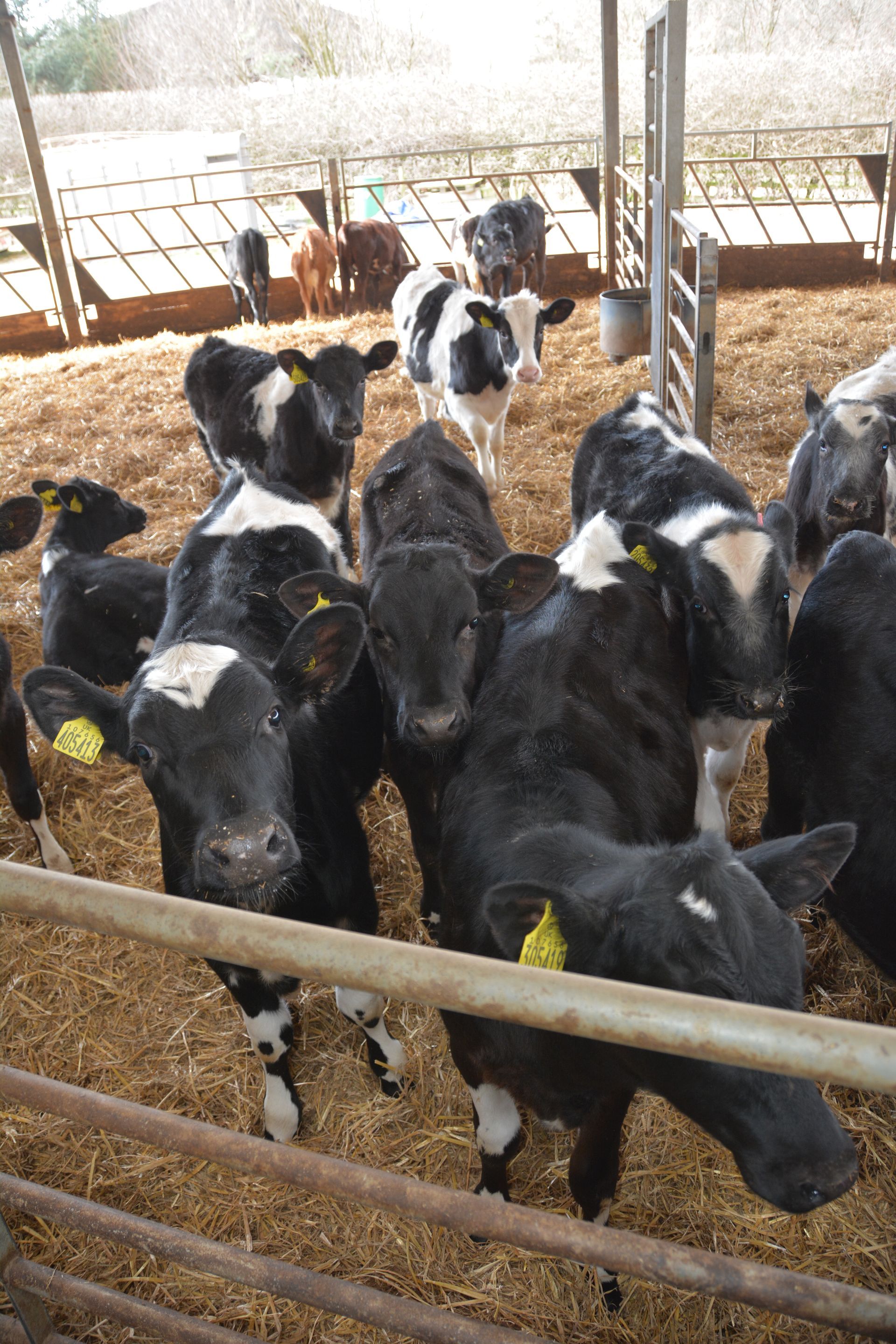
Dairy calves ina Roundhouse at Bays Leap



